
Education and learning are constantly evolving, with new technologies opening up exciting possibilities for enhancing the way we acquire knowledge. One such technology that holds great promise in this realm is Augmented Reality (AR), and specifically, ARCore. ARCore, developed by Google, is a platform that enables the creation and integration of augmented reality experiences on Android devices. In this blog, we will delve into the potential of ARCore in education and learning, exploring its benefits, applications, and the transformative impact it can have on the way we teach and learn.
Immersive Learning Experiences
ARCore offers a unique opportunity to create immersive learning experiences that blend the virtual and physical worlds. By overlaying digital content onto the real environment, ARCore enables students to engage with educational material in a more interactive and tangible way. For example, history lessons can come to life as students explore ancient ruins or historical events through AR simulations, fostering a deeper understanding and connection to the subject matter.
Visualizing Complex Concepts
Abstract and complex concepts can often be challenging for students to grasp. ARCore provides a visual and interactive medium for representing such concepts, making them more accessible and engaging. Whether it’s visualizing the structure of an atom or exploring the human anatomy in 3D, ARCore allows students to manipulate and examine objects from various angles, promoting a deeper understanding of the subject matter.
Gamified Learning
Gamification has proven to be an effective strategy for promoting engagement and motivation in learning. ARCore facilitates the creation of gamified educational experiences, where students can participate in interactive challenges, quizzes, and simulations. This approach transforms learning into a playful and enjoyable experience, encouraging students to actively participate and retain information more effectively.
Virtual Field Trips
Traditional field trips can be logistically challenging and expensive. ARCore can simulate virtual field trips, taking students on virtual excursions to different locations around the world. Whether it’s exploring the Great Wall of China or diving into the depths of the Great Barrier Reef, ARCore brings these experiences into the classroom, broadening students’ horizons and exposing them to new cultures and environments.
Collaborative Learning
ARCore supports collaborative learning by allowing multiple users to interact with the same augmented reality experience simultaneously. Students can work together on group projects, solving problems, and exploring concepts collaboratively. This fosters teamwork, communication, and critical thinking skills, preparing students for real-world collaborative environments.
Accessibility and Inclusivity
ARCore has the potential to make education more inclusive by catering to diverse learning styles and accommodating students with special needs. The visual and interactive nature of augmented reality can offer alternative pathways for understanding and engagement, ensuring that students with different learning preferences can thrive.
Conclusion
ARCore is poised to revolutionize education and learning by introducing immersive, interactive, and engaging experiences. From visualizing complex concepts to enabling virtual field trips and fostering collaborative learning, ARCore has the potential to transform traditional teaching methodologies. By leveraging the power of augmented reality, educators can create a dynamic and inclusive learning environment that inspires curiosity, enhances comprehension, and prepares students for the challenges of the future. As ARCore continues to evolve, it will undoubtedly play a pivotal role in shaping the future of education.



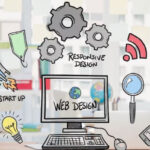



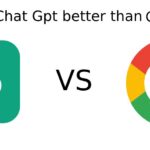

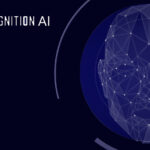
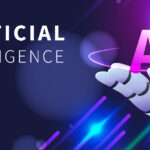

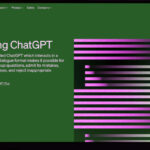
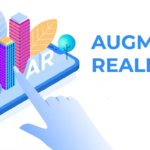

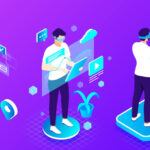
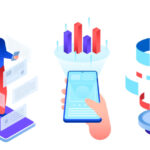
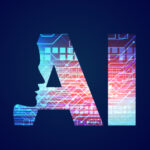
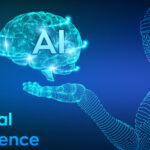
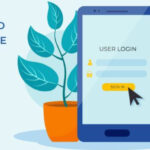

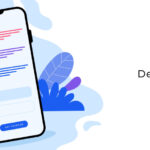



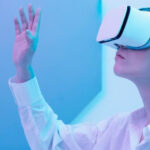
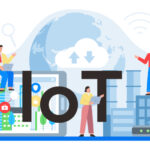




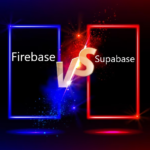
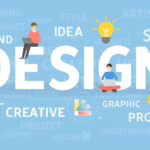




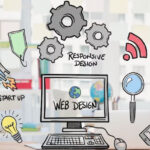
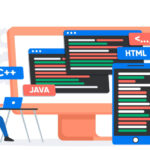
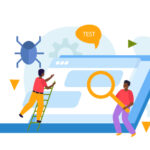





Recent Comments